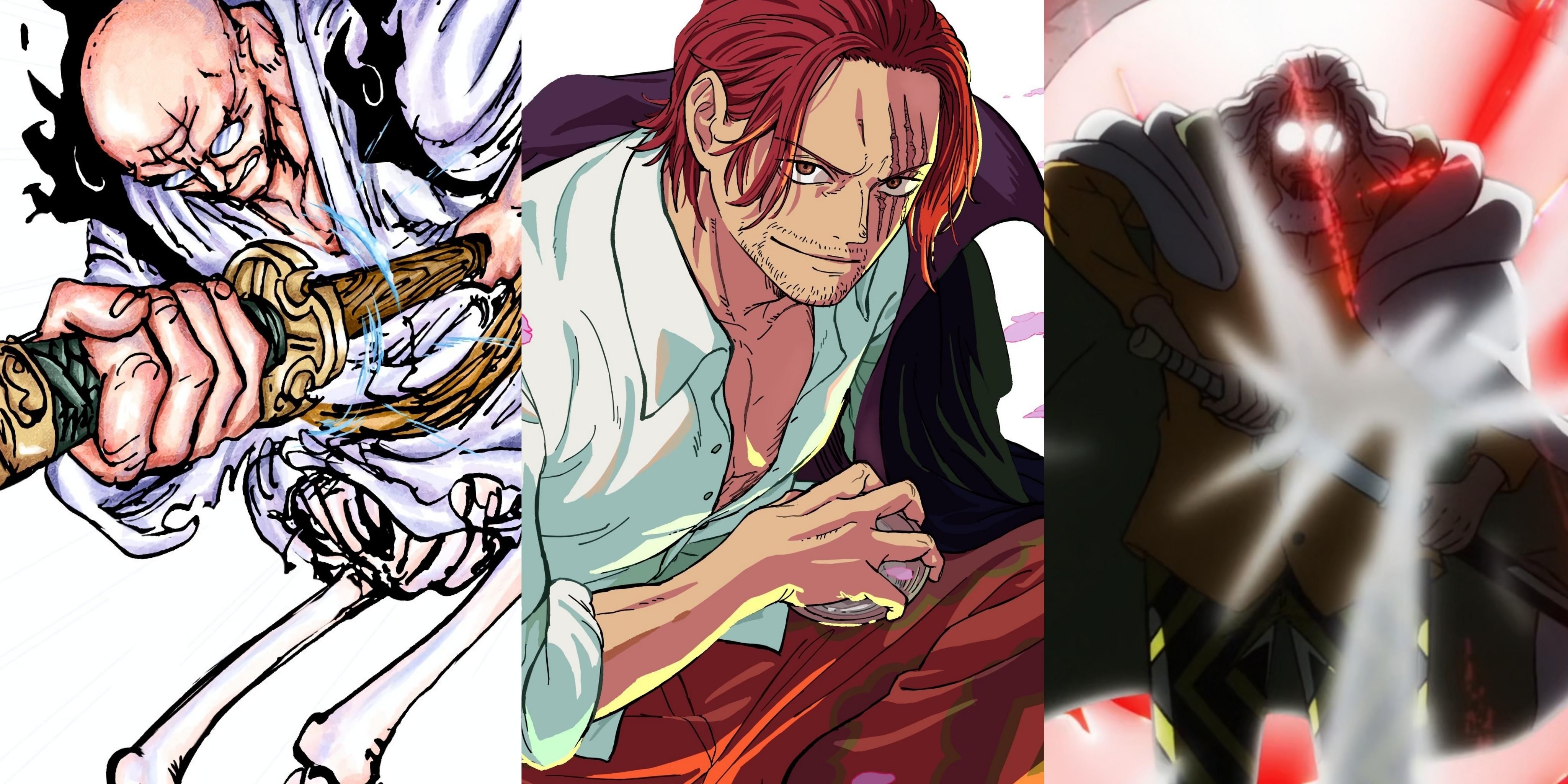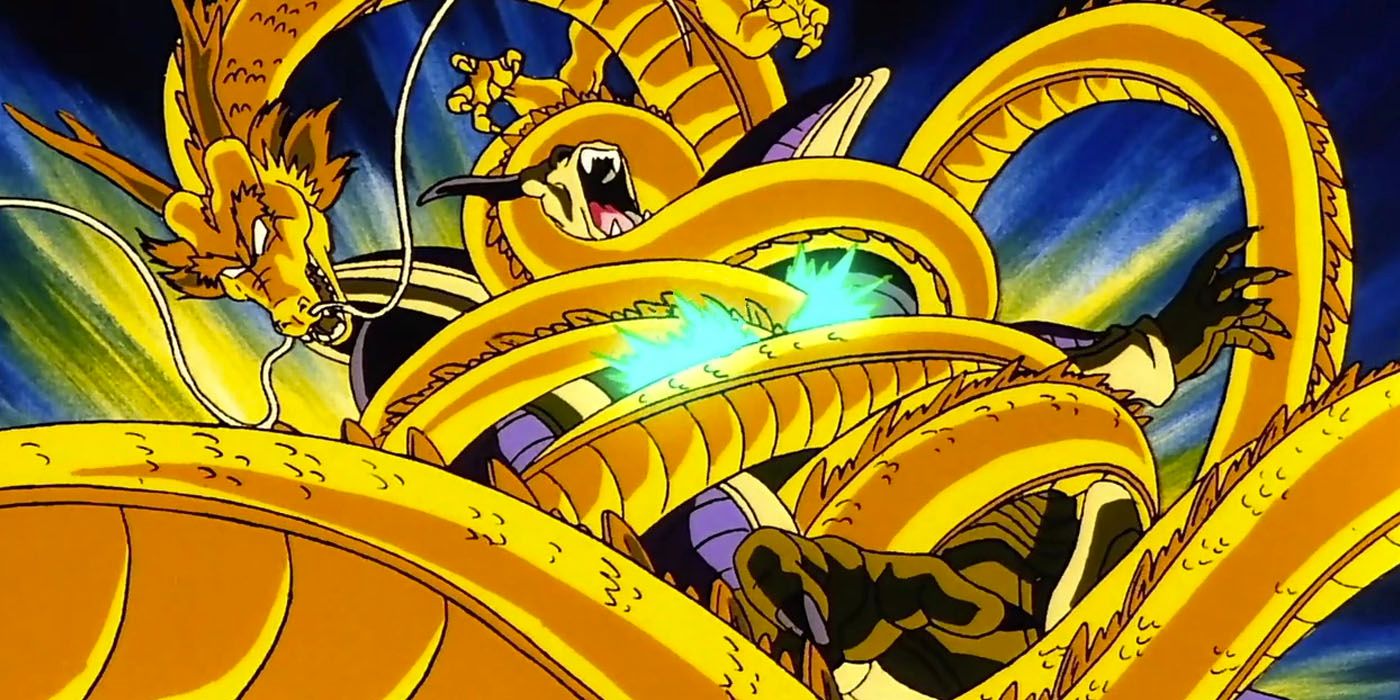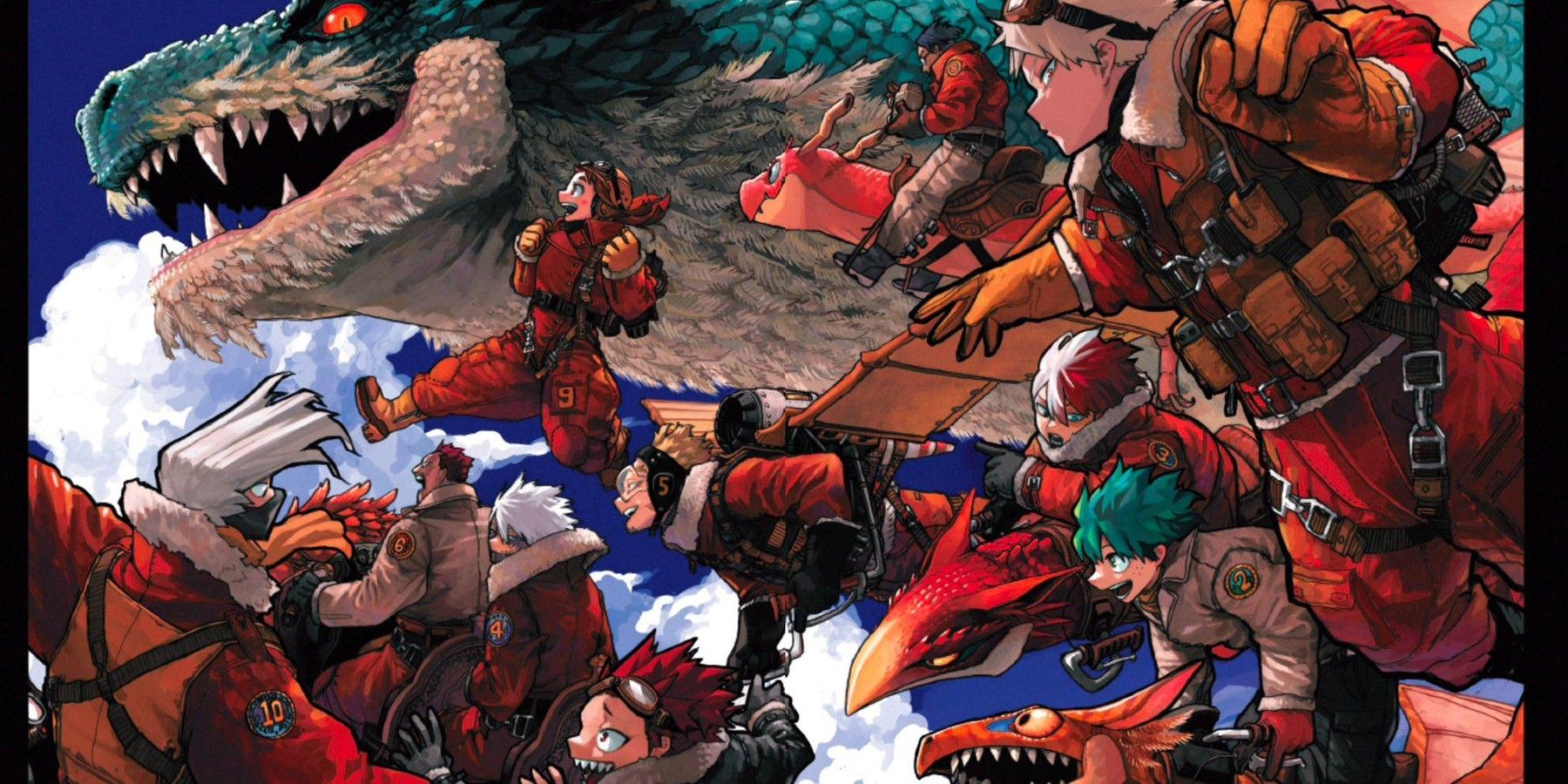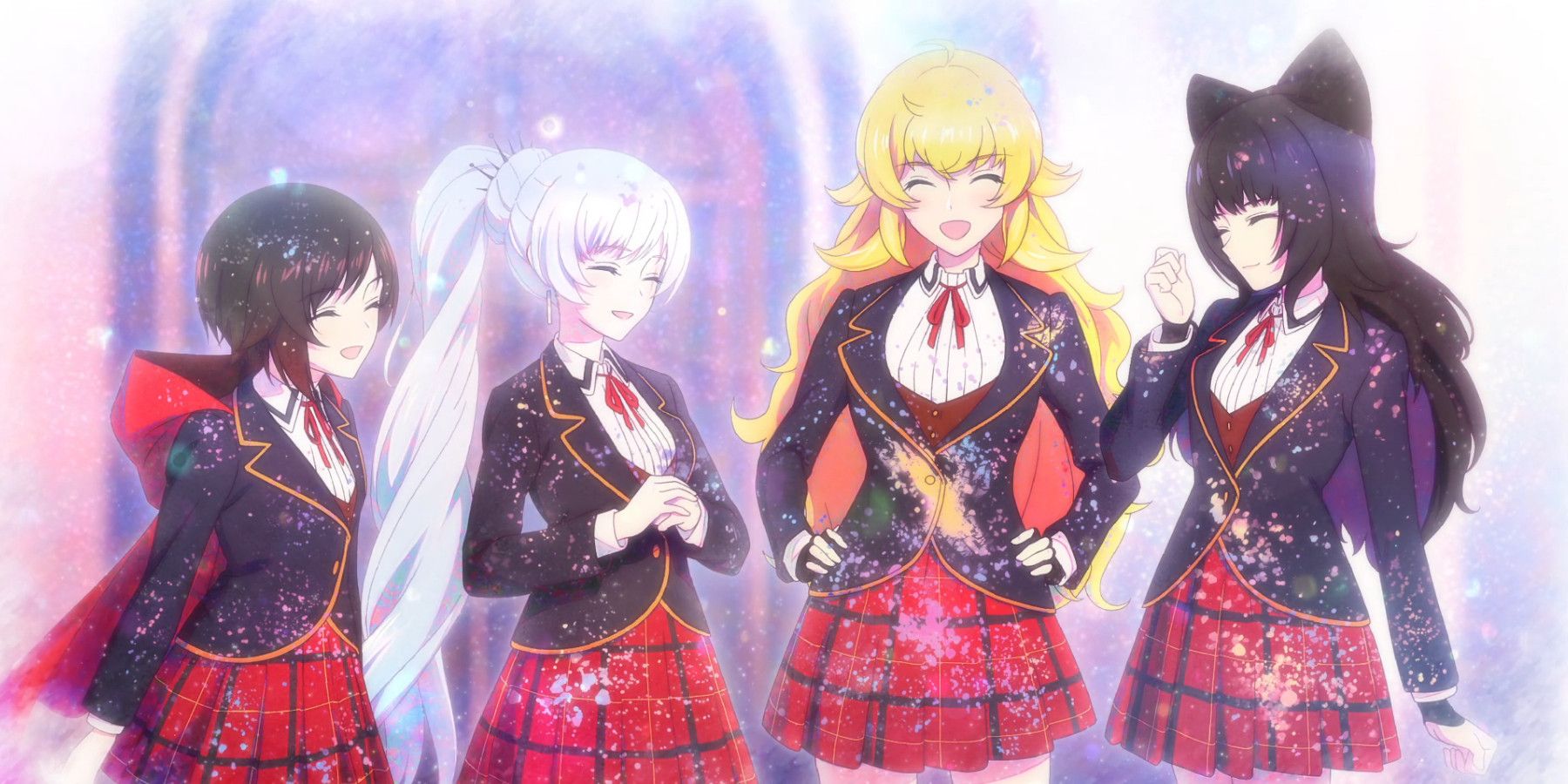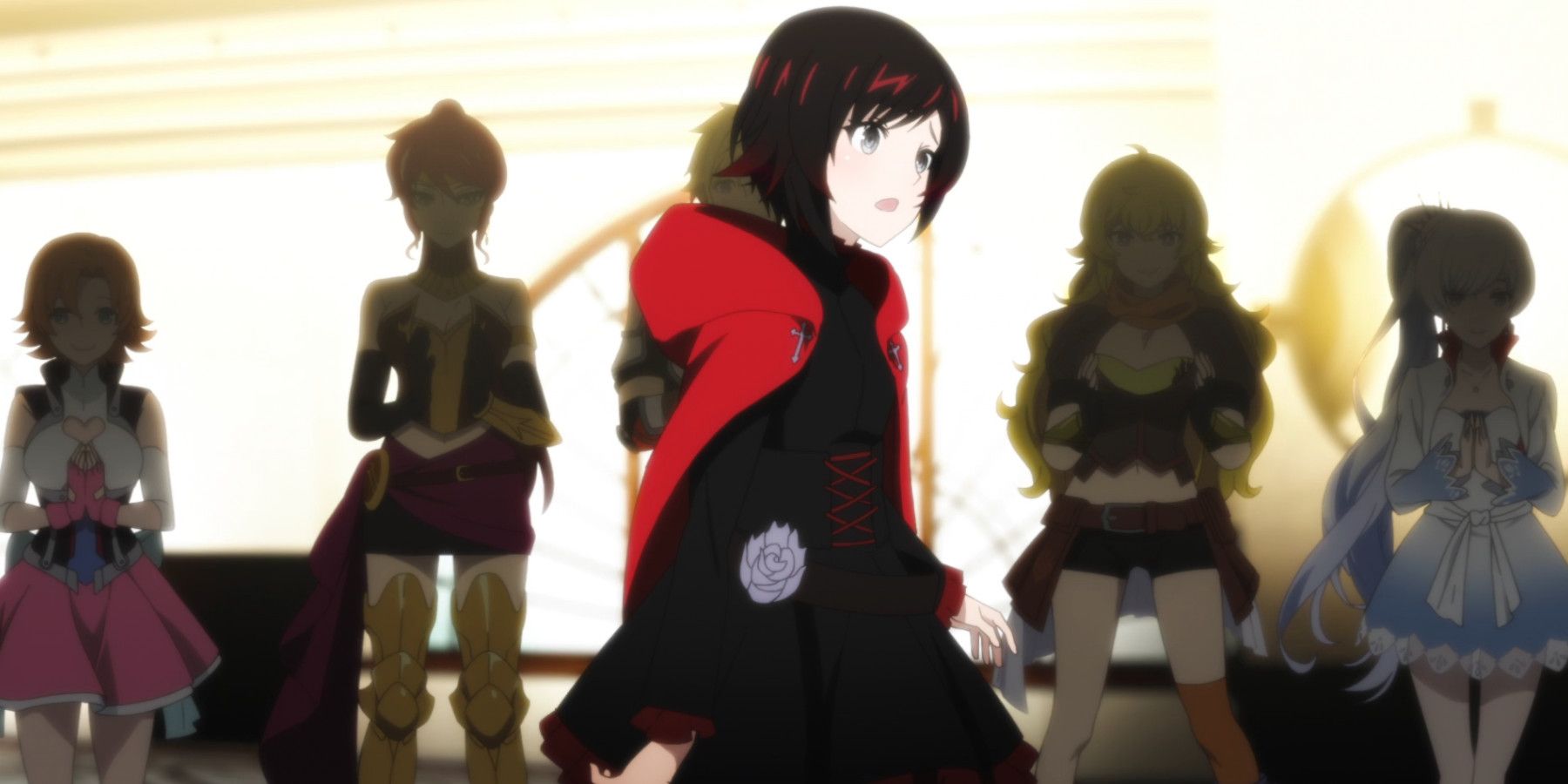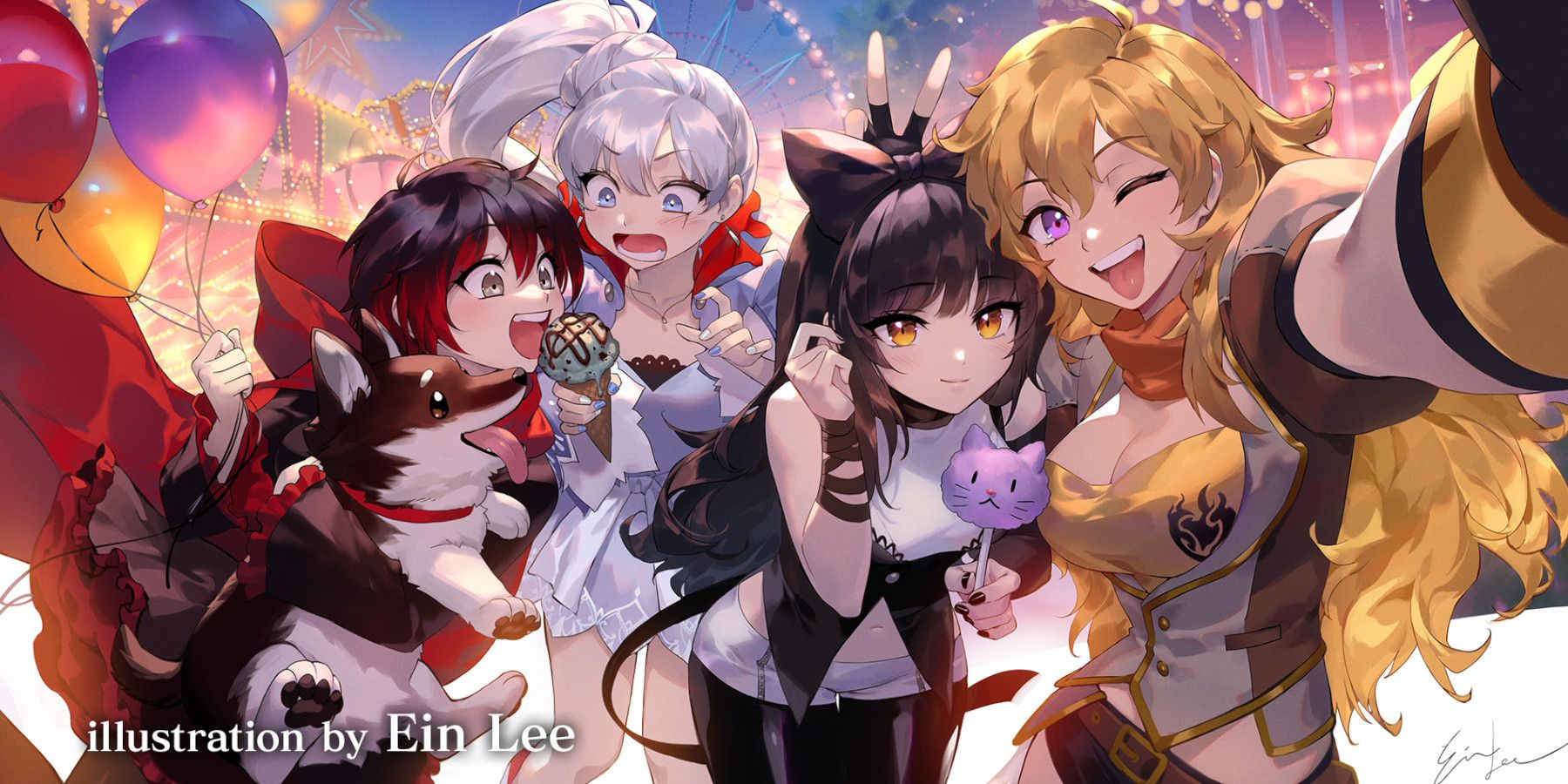There are no greater critics of RWBY than RWBY fans themselves, and anyone that's stuck with it since Volume 1 can't deny that they are a bit of a fan. It's not the kind of series that fans would necessarily recommend to those outside the fandom, but when projects like RWBY Ice Queendom get announced, it's hard to contain some excitement that the series might get some sort of rebirth.
When SHAFT suddenly announced a new TV anime based on Rooster Teeth's web series, with Madoka Magica and Psycho-Pass writer Gen Urobuchi attached, it seemed impossible to fail. There were some who even speculated it could surpass the quality of the original, having roped in creators inspired by Monty Oum's work to create a labor of love. Not only that, but the series would serve as an original story that mostly works as a companion piece to the original canon. It would bridge the gap between the first two volumes and look to address matters of continuity therein. But after 12 episodes, the most that can be said is that Ice Queendom ended up being very faithful to what RWBY was: a mixed bag.
Promises, Promises
RWBY's appeal is pretty simple, regardless of one's take on the quality of the brand: it's about pretty girls fighting monsters with the power of friendship (and guns, blades, and bladed guns). And taking the four original trailers solely on their own merits, that appeal was crystal clear to audiences and even the creators of Ice Queendom.
Takanori Aki of Good Smile Company recalled in an interview with Anime News Network about his limited interactions with Monty as the series was taking off, before he passed away. It's clear hearing from the staff that Monty's work, and the inspiration he took from Black Rock Shooter, a Good Smile Company property, resonated with them a lot.
As we kept in touch, RWBY made its way to Japan and the film found an audience there. Monty was so happy to see the reception RWBY got. Sadly, about three weeks after our last meeting, he died suddenly. I felt happy that I got to celebrate RWBY with him, but still, that was a huge loss.
-Takanori Aki, CEO of Good Smile Company
RWBY was all about the promise, from its colorful cast to its occasionally gorgeous episodes dripping with glorious action and frenetic choreography that is the envy of 3D animators everywhere. But in-between those gorgeous fights and the conscious style choices that carved an identity for the series, there was a roughness that couldn't be overlooked.
Ice Queendom looked like an opportunity for a fresh start and maybe a chance to do RWBY again with a studio that was known for making some incredible TV anime. Reflecting on the stylistic choices present in early RWBY, a studio like SHAFT, known for avant-garde works like Monogatari and Madoka Magica, seemed like the right choice.
SHAFT-Lite
To the credit of the production team, there are a lot of qualities in the art direction and animation that speak to what SHAFT does well as a studio. From the moment Weiss is caught in the Nightmare's grasp and the rest of the team has to save her, the storytelling immediately felt like it was dipping into the dreamlike abstraction of something like Madoka. Black Rock Shooter's character designer Huke contributed the designs for IQ and in doing so created perhaps the most beautiful portraits of these characters since Ein Lee's original designs. At the best moments, the characters have this shine, especially in their eyes, that pulls the viewer into the moment with them during the most dramatic moments.
But that's only at "the best moments" when the artwork puts its best foot forward, and unfortunately, the consistency of the art and animation leaves a lot to be desired. Sometimes a brief moment of character acting or a sudden burst of action elicits an "ooh" or an "ahh" but only to compensate for what can at times be a butchering of the character designs.
A lack of correction in post-production has left many scenes feeling rather unfinished and unappealing, especially in later episodes when Jaune takes more of the spotlight. There's even the odd 3D animation now and again, which feels especially odd since the very notion of this series would be to get away from 3D as Rooster Teeth already has that covered.
SHAFT's shows might not always be animated well, but they are directed with such ambition and an eye for detail that they can compensate for limitations. Things like the SHAFT head-tilt or the other visual tropes of the studio are a result of this ambition. But folks shouldn't get into IQ expecting Monogatari or Madoka, lest they be sorely disappointed. And is such an expectation unreasonable? Perhaps to expect something as critically successful, yes, but shows like Pretty Boy Detective Club aren't flagship franchises either and still have incredible visuals. It doesn't have to be compared to the best but even compared against something modest, it falls short of the standard.
The Dream Inside The Nightmare
Perhaps the lacking visual quality is so grating because taken on its own merits, the writing actually is very good. The first three episodes may have rushed through the events of Volume 1, something which the creators even cite as a struggle, but once the original story starts, it's one of the best stories in the franchise. Weiss's inner darkness and the foundations of her internalized bigotry being confronted were awesome, but it was just as cool watching how this dream arc tackled every character. In OG RWBY, the characters could sometimes feel a tad inconsistent, especially Yang, whose personality seemed to switch frequently. In IQ, she's a lot more focused.
She is a protective older sister who is far too confident speaking her mind even when she should stay quiet and her learning to trust and have faith in Ruby was sweet. Ruby herself displays far more initiative as a leader in IQ in spite of her initial lack of confidence compared to the original. As for Blake, her character stays fairly consistent given how early in the series IQ is set. While the ways in which the story approaches the conflict between humans and Faunus can feel too much like a centrist approach to civil strife, it is well-intentioned and creates a more satisfying resolution between her and Weiss. At the very least it's far better than how Volume 1 initially ended.
That might just be the biggest win for the series: that writer Tow Ubukata succeded in doing these characters justice and even reframing the story to better introduce audiences to this world. The writing and the music by Nobuko Toda and Kazuma Jinnouchi carry this series from beginning to end.
RWBY Ice Queendom is an alluring, occasionally gorgeous action show with some entertaining character drama, brought down by its lacking, inconsistent visuals, and ideas that don't go as far as they could have. And in that, it is the perfect adaptation of RWBY. Perhaps the brand is cursed to strive for something greater only to find itself lacking in the time, direction, or artists to make it what it was imagined to be. And despite all of that, something about it is appealing. Fans of RWBY will watch it for that very reason, but those not already thoroughly entrenched in the rabbit hole likely won't find much to keep them hooked.
